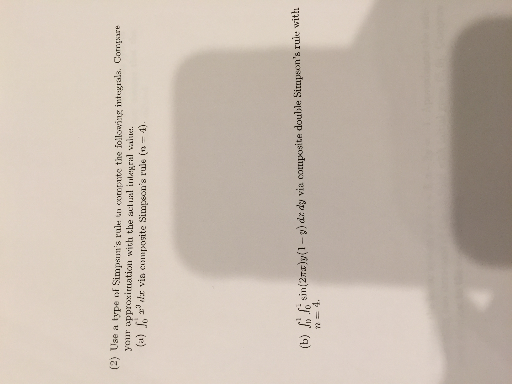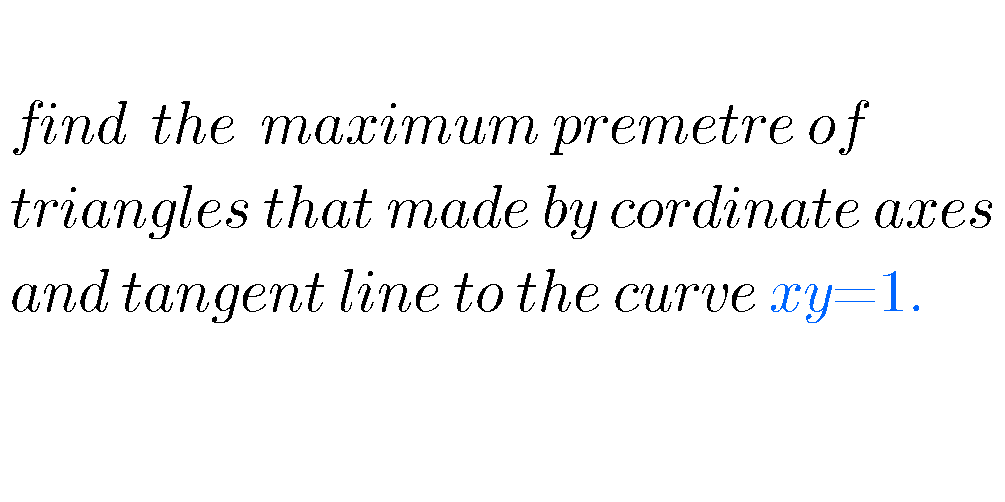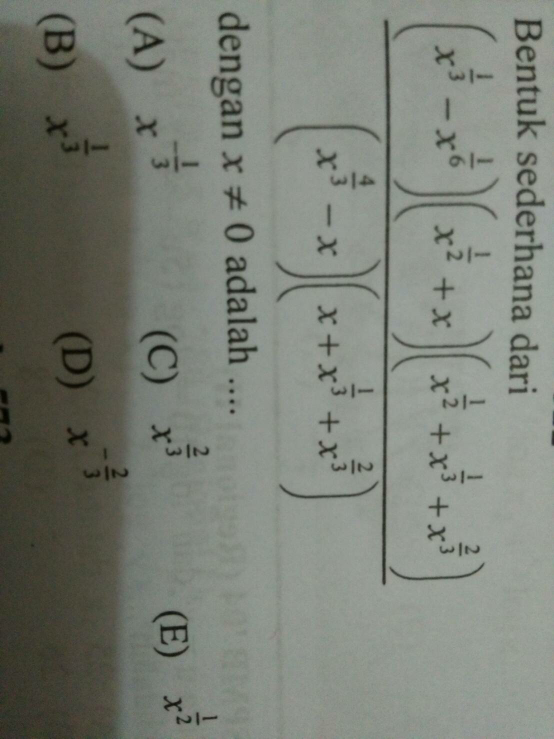
AllQuestion and Answers: Page 1976
Question Number 10399 Answers: 0 Comments: 0

Question Number 10398 Answers: 2 Comments: 0

Question Number 10397 Answers: 1 Comments: 1

Question Number 10394 Answers: 1 Comments: 0
Question Number 10392 Answers: 1 Comments: 0
Question Number 10391 Answers: 1 Comments: 0
Question Number 10387 Answers: 1 Comments: 0
Question Number 10381 Answers: 1 Comments: 1

Question Number 10374 Answers: 3 Comments: 0
Question Number 10369 Answers: 1 Comments: 1
Question Number 10364 Answers: 1 Comments: 0
Question Number 10363 Answers: 1 Comments: 0
Question Number 10362 Answers: 0 Comments: 0
Question Number 11166 Answers: 1 Comments: 1

Question Number 10360 Answers: 3 Comments: 0
Question Number 10355 Answers: 1 Comments: 1
Question Number 10353 Answers: 0 Comments: 0
Question Number 10352 Answers: 0 Comments: 0
Question Number 10347 Answers: 2 Comments: 0
Question Number 10340 Answers: 0 Comments: 1
Question Number 10339 Answers: 2 Comments: 0
Question Number 10324 Answers: 1 Comments: 0

Question Number 10323 Answers: 1 Comments: 0

Question Number 10317 Answers: 2 Comments: 0
Question Number 10318 Answers: 1 Comments: 0
Question Number 10309 Answers: 0 Comments: 0
Pg 1971 Pg 1972 Pg 1973 Pg 1974 Pg 1975 Pg 1976 Pg 1977 Pg 1978 Pg 1979 Pg 1980
